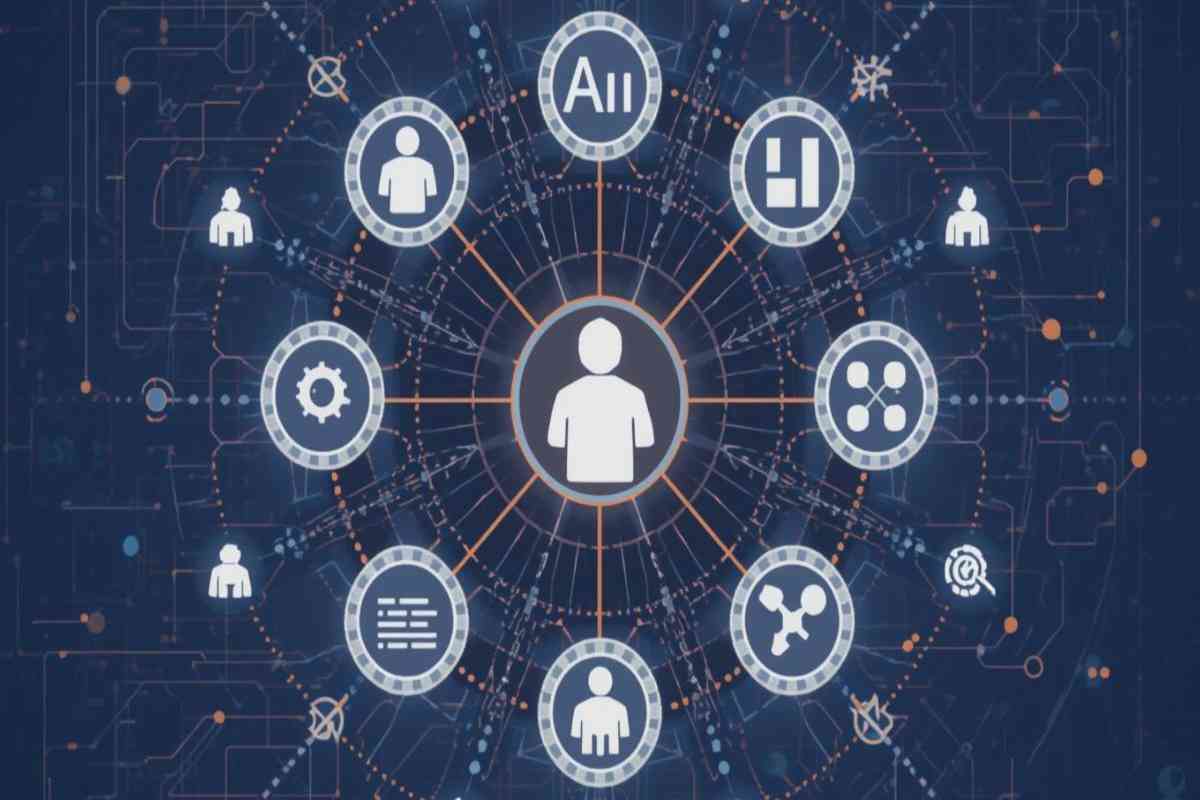
Artificial Intelligence (AI) is an evolving technology with various types categorized based on capabilities, functionalities, and the underlying technology. Understanding how many types of artificial intelligence exist helps businesses and individuals determine which applications suit their needs best. In this blog, we’ll explore the different types of AI, focusing on capabilities and functionalities, while providing examples to illustrate their roles in today’s world.
Types of Artificial Intelligence Based on Capabilities
Artificial intelligence can be divided into three major types based on its ability to mimic human cognition:
- Narrow AI (Weak AI)
Narrow AI is designed to perform a specific task and operates within a limited set of parameters. It is the most prevalent form of AI today. Some examples include:- Facial recognition systems
- Voice assistants like Siri or Alexa
Example: IBM’s Watson for diagnosing cancer
- General AI (Strong AI)
General AI is envisioned as a system that can perform any intellectual task that a human can do. Though still theoretical, it aims to exhibit human-like understanding and cognitive abilities.
Example: Advanced robots in science fiction that can think and learn independently. - Superintelligent AI
A speculative type of AI that surpasses human intelligence in all areas, including creativity, problem-solving, and decision-making. This type remains theoretical and has not been realized yet.
Example: Machines that could outperform human experts in every field.
Types of Artificial Intelligence Based on Functionalities
In terms of their operations, AI can be categorized into four types:
- Reactive Machines
These AIs can only respond to present situations and don’t retain memories or use past data to influence future decisions.
Example: IBM’s Deep Blue, which defeated Garry Kasparov in chess. - Limited Memory AI
These systems can learn from historical data and make better decisions over time. Many AI systems today, such as self-driving cars, fall into this category.
Example: Self-driving vehicles using historical data to avoid obstacles. - Theory of Mind AI
This advanced form of AI aims to understand human emotions, beliefs, and desires to make better decisions. Researchers are still working on this, and it remains largely in development.
Example: AI that can interact on an emotional level with humans. - Self-aware AI
This type of AI is hypothetical and would involve machines developing consciousness, self-awareness, and emotions, allowing them to make decisions based on a deep understanding of the world around them.
Example: Sentient robots, currently only seen in science fiction.
Types of Artificial Intelligence with Examples Based on Technologies
There are several subfields within AI technology that specialize in different tasks:
- Machine Learning (ML):
ML algorithms enable systems to improve automatically through experience without explicit programming.
Example: Spam filters in emails. - Deep Learning:
A subset of ML, deep learning involves neural networks with multiple layers for processing data.
Example: Image recognition software. - Natural Language Processing (NLP):
NLP enables computers to understand and interpret human languages.
Example: Chatbots or translation services like Google Translate. - Robotics:
This branch of AI involves designing and controlling robots.
Example: Industrial robots used in manufacturing. - Computer Vision:
AI technology that allows computers to interpret visual data.
Example: Medical image analysis software.
Conclusion
In summary, how many types of artificial intelligence can vary depending on the criteria—capabilities, functionalities, or technology. Whether it’s Narrow AI performing specific tasks or the futuristic Superintelligent AI, the landscape is vast. Understanding the types of artificial intelligence with examples not only enhances our comprehension of AI but also prepares us for the future developments in this field.


